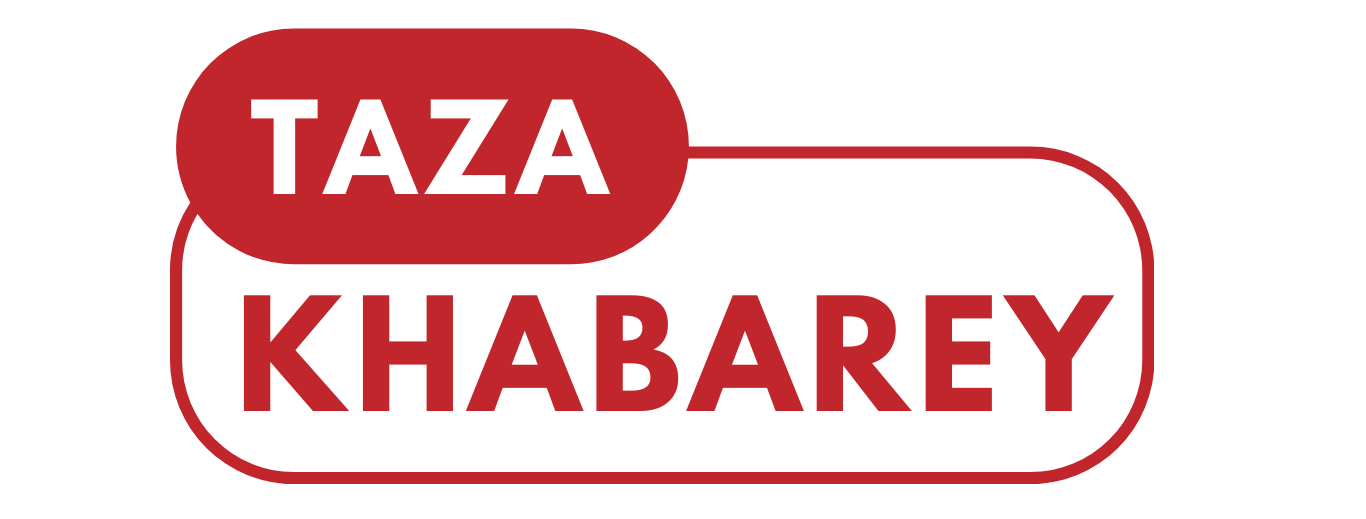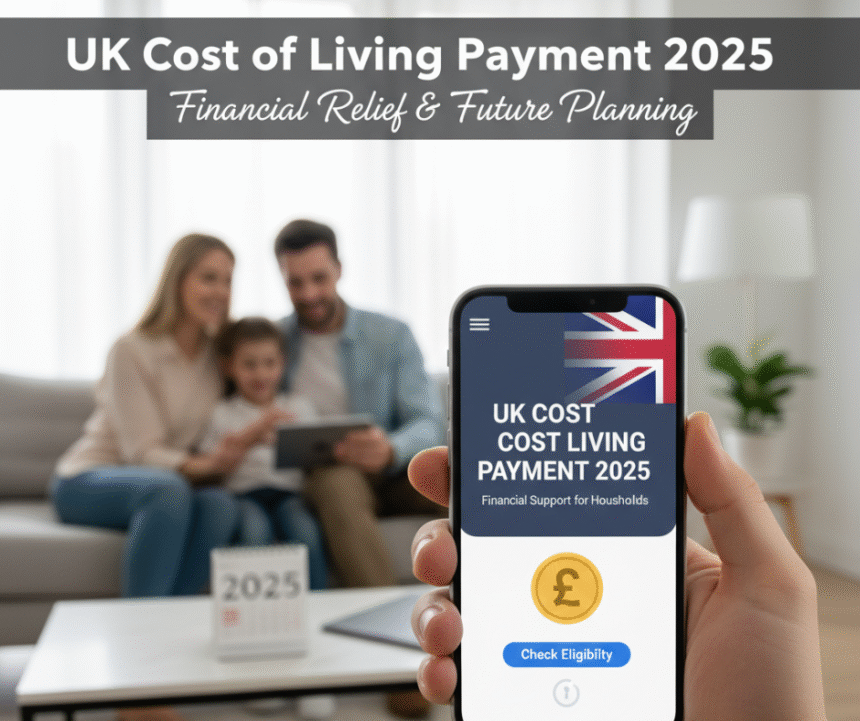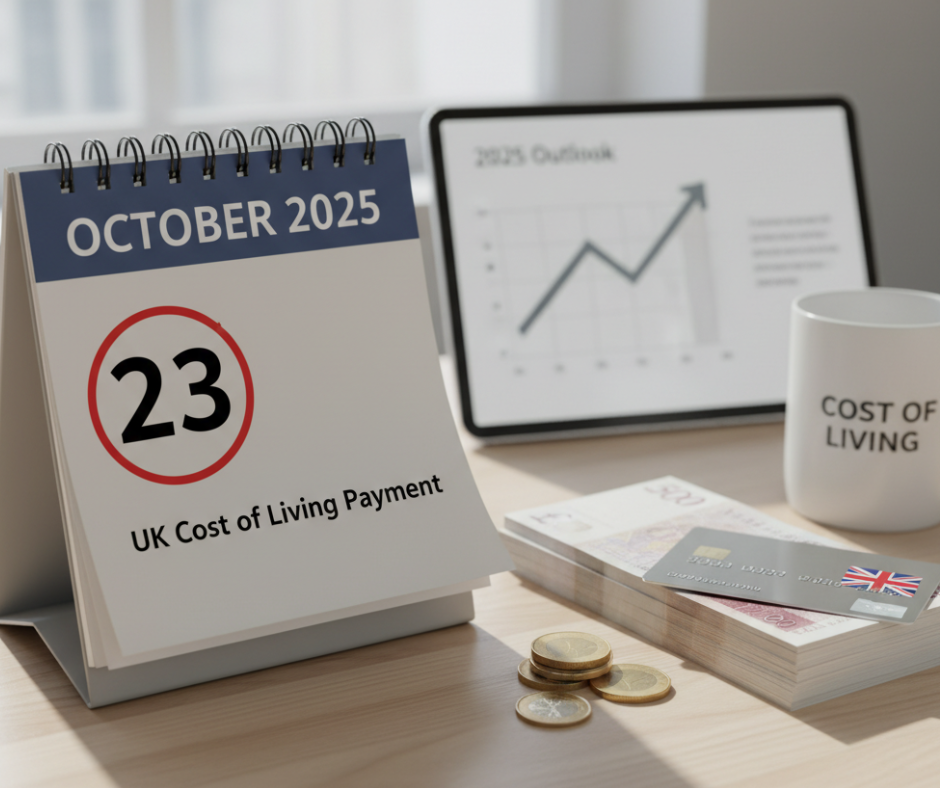The rise in the costs of the life of millions of people in Great Britain was a major problem. High energy bills with expensive food, households feel crushing. In order to facilitate part of this financial pressure, the British government confirmed the UK Cost of Living Payment 2025, a very excited set of support for people and families authorized. But who really qualifies and how much money are we talking about? Let’s divide it into simple terms.
Because the UK Cost of Living Payment 2025
Inflation may not be as wild as a few years ago, but daily essence – such as rent, fuel and food – are still far from being cheap. For families with a low income, the battle is very real. That’s why the government recovered with financial help to ensure that vulnerable groups are not left behind.
Think like a financial pillow, designed not to make you rich, but to prevent you from sinking increasing costs.
What exactly are the costs of life?
The costs of life are a cash drive without taxes that is given directly to eligible people. It is not a loan, so you don’t have to reimburse it and does not affect other benefits that you could already receive. In essence, it is free to cover the essential expenses.
Who is entitled to the UK Cost of Living Payment 2025?
Not everyone gets this payment: it is specifically aimed at those who need it most. To be admissible in 2025, it is probably necessary to receive one of the following benefits or tax credits during eligible dates:
Universal credit
Income -Based Jobseeker’s Toyance (JSA)
Employment and income support and support supplement (ESA)
Meeting
Pension credit
Working tax credit
Tax credit for children
If you have one of these, you are competing for payment.
How much do you get in 2025?
The amount depends on the type of advantage you receive. Although the final data can vary slightly, here is a margin of what is expected on the basis of previous years:
Families with low incomes tested for benefits for resources: about £ 900 in total, usually divided into different smaller payments during the year. People with disabilities: an extra £ 150 handicaps living costs.
Pensioners: up to £ 300 more, on top of the payment of winter fuel.
So, depending on your situation, you may receive one or more of these payments in 2025.
How and when payments are made?
Complicated applications are not required: payments are automatic. If you are eligible, the money goes directly to your bank account, generally with a reference line such as “DWP COLP” or “HMRC COL.”
The government tends to distribute payments during the year. This ensures that households have a stable current of additional support and not a lump sum rate that disappears too quickly. The exact data of 2025 should be announced gradually.
Do you have to ask for payment?
In most cases not. If you already have a qualification advantage, you are automatically entitled. The only exception is whether your claim for performance has always been treated during the approval period. In this case, you may have to follow, but in general, there is no paper pain.
Life costs and tax credits
Things can be a bit difficult here. If you receive both DWP performance (such as universal credit) and tax credits, you will not receive payment once – not twice. The government has established this rule to prevent double payments.
So if you count on both, no. It comes from a source, depending on your situation.
Influence other benefits
Do you have to collect extra money in your other benefits? Good news – this will not do this. The UK Cost of Living Payment 2025 is completely separated from their regular advantages and does not reduce them or do not replace them. It’s just an additional push.
Why some people will not qualify
Not everyone will see that additional money has brought their accounts to the market. For example, if your income is slightly higher than the threshold for universal loans or if you have no qualified advantage, you will not be eligible. Students, full-time employees who win with low income above borders, and those without advantages are generally excluded.
Advice to optimally use your payment
Although payment must help cover the essential essential elements, the way you spend it is. Many households use it for:
Pay out the outstanding energy bills.
Cover weekly food stores.
Save for rent or mortgage.
Build a small emergency fund. Imagine less than “additional money” and more than Lifeline to manage essential elements more easily.
And if you are not paid, but do you think you should?
Wedding passage. If you think you were justified but that you have not received payment, the first step is to contact the DWP (Department for Work and Pensions) or HMRC, depending on the performance of the performance in which you are. Leave your performance details and your bank information at hand – The solution will make it more quickly.
The overall image: is it enough?
Although the UK Cost of Living Payment 2025 is welcome relief, criticism argues that this is more than a temporary solution than a long -term solution. As soon as the payment is issued, households are still faced with high invoices and the rise in prices.
But for the moment, this support offers breath, in particular for the living salary check for wage control. It may not be possible to resolve the lifestyle crisis, but that will soften.
Read More: Ultraviolette X47 Crossover: The Future of Electric Adventure Bikes
Conclusion
The UK Cost of Living Payment 2025 is a financial rescue buoy for millions that have to face daily expenses. If you have a qualification advantage, you can expect an cash flow without tax that is delivered directly to your account. Not all financial impressions will determine, but it is a timely memory that the government recognizes the challenges that households face.
So, if you are eligible, keep an eye on your bank account – the relief could be at the corner of the street.






